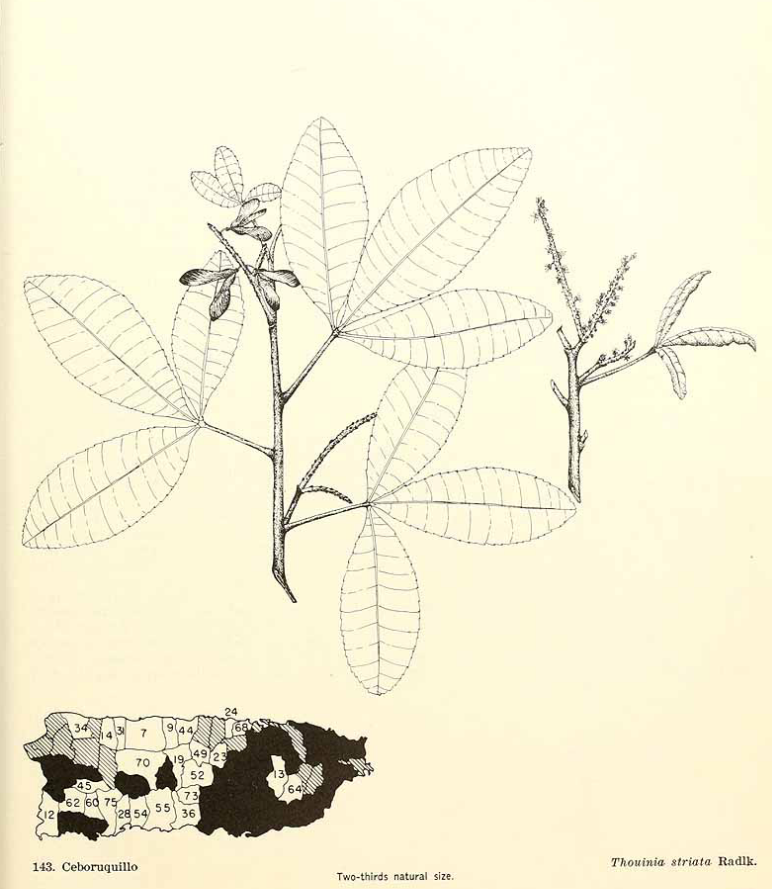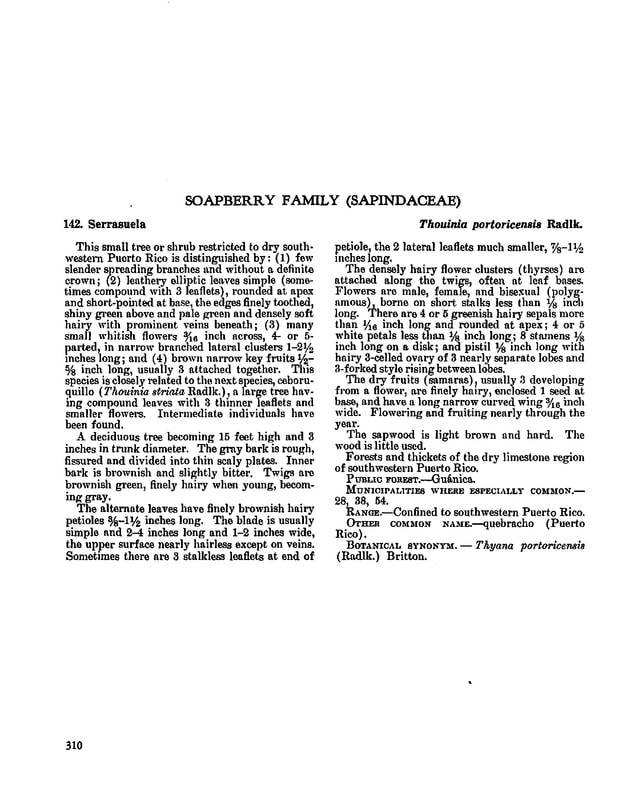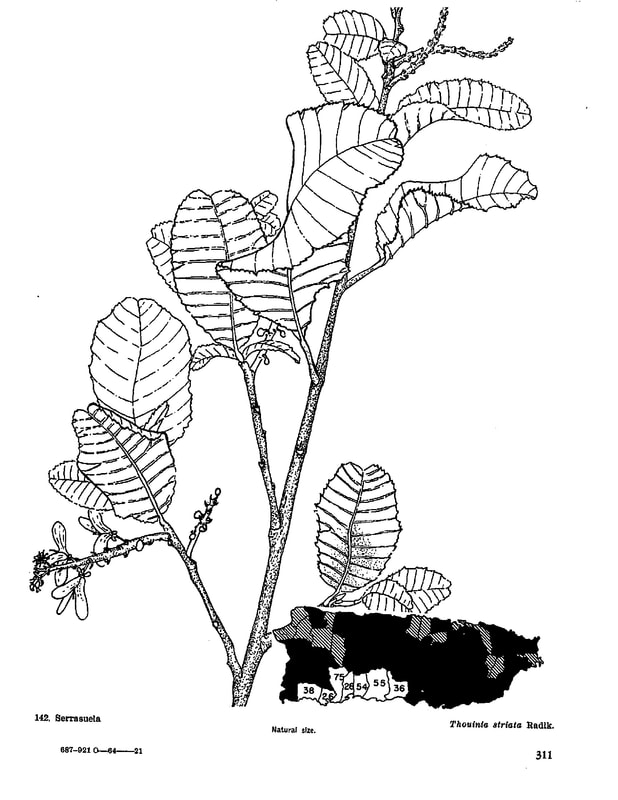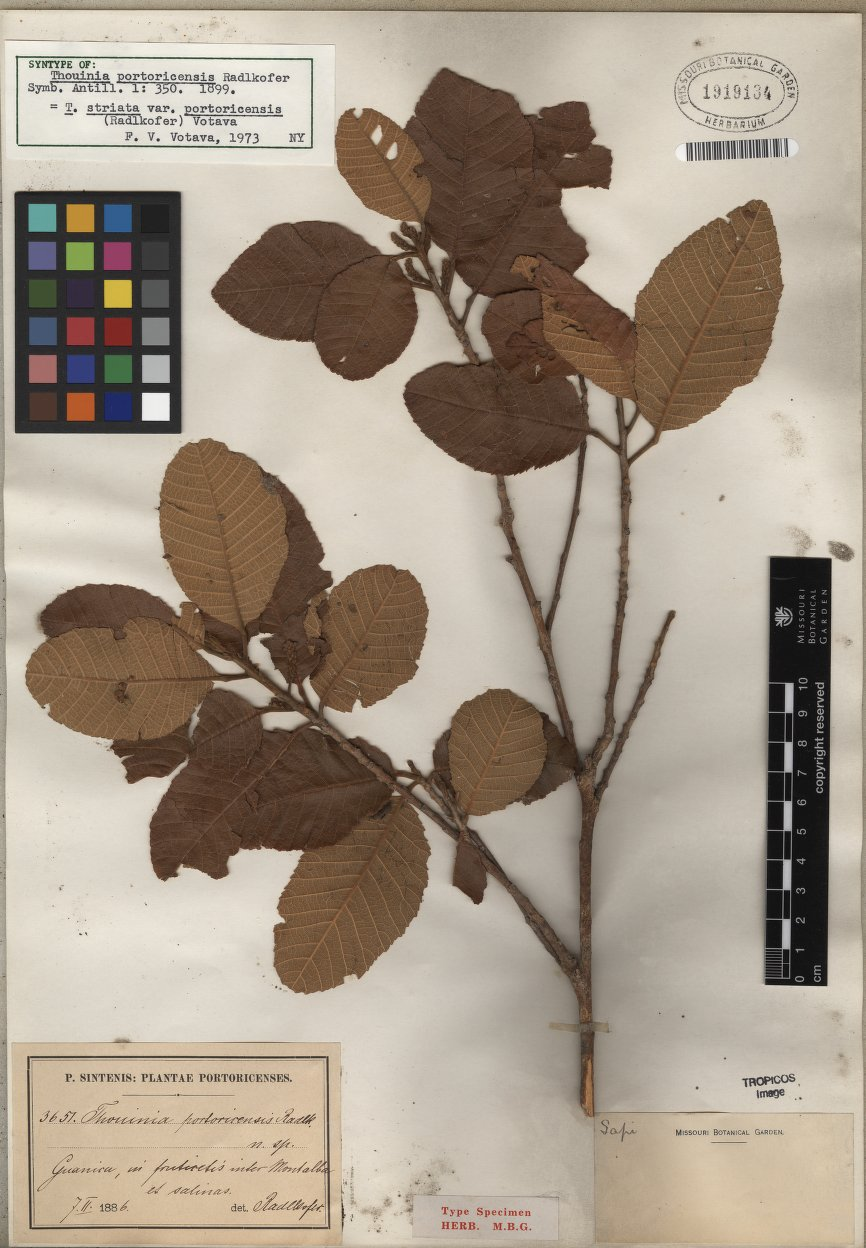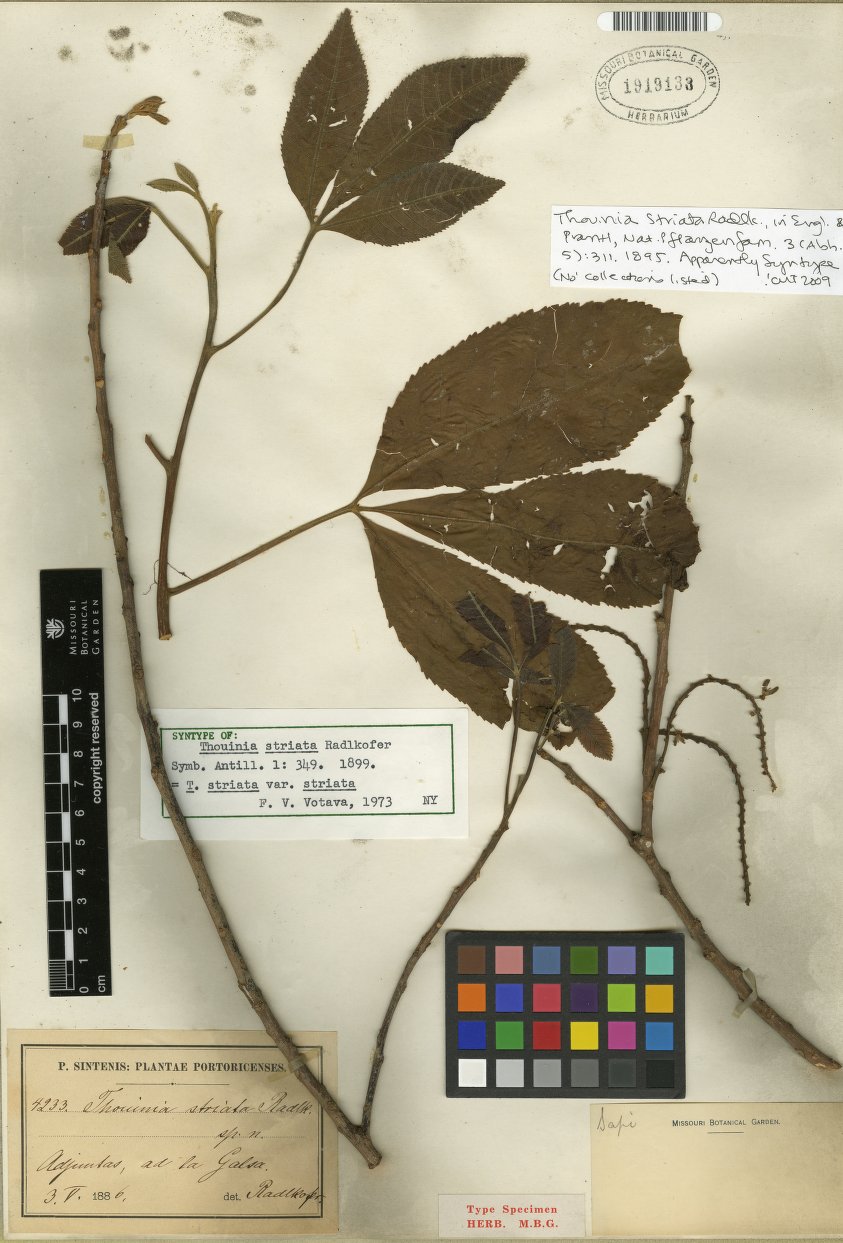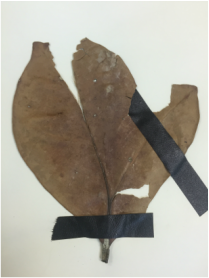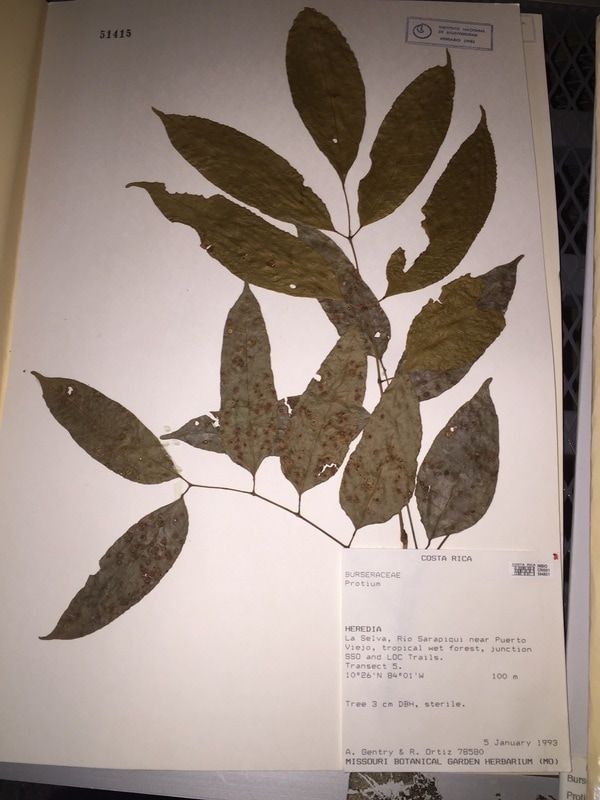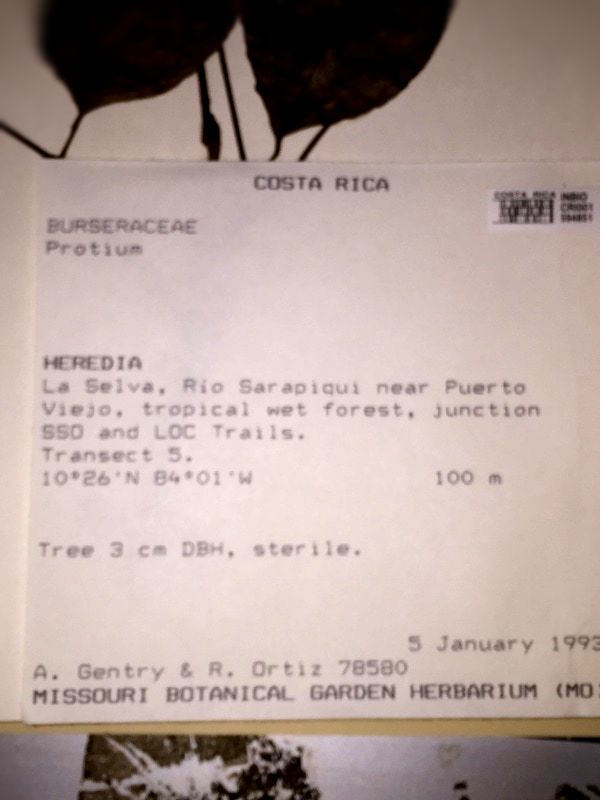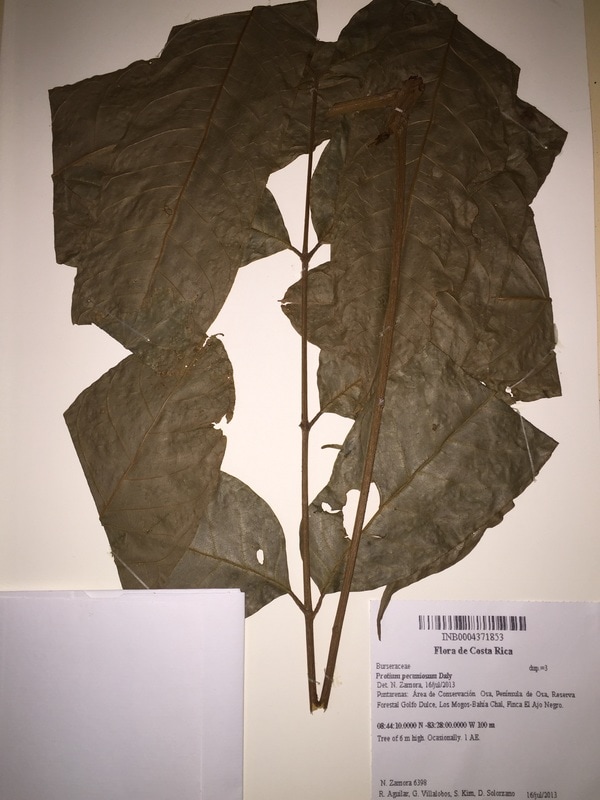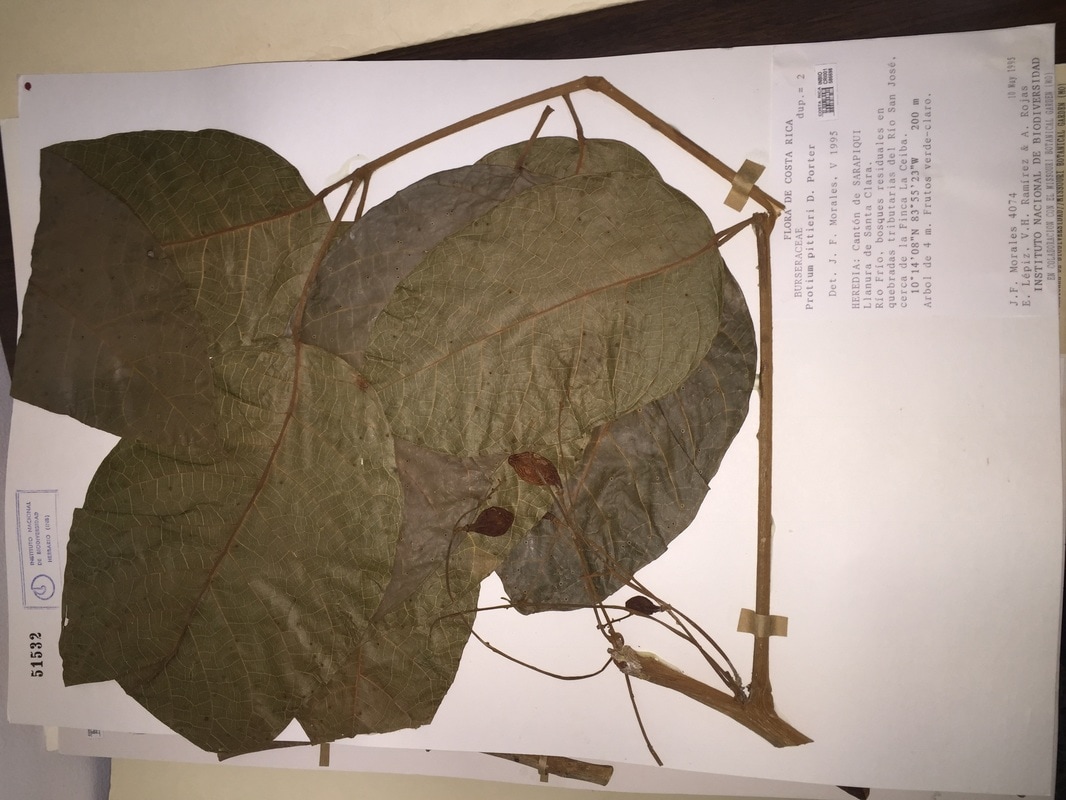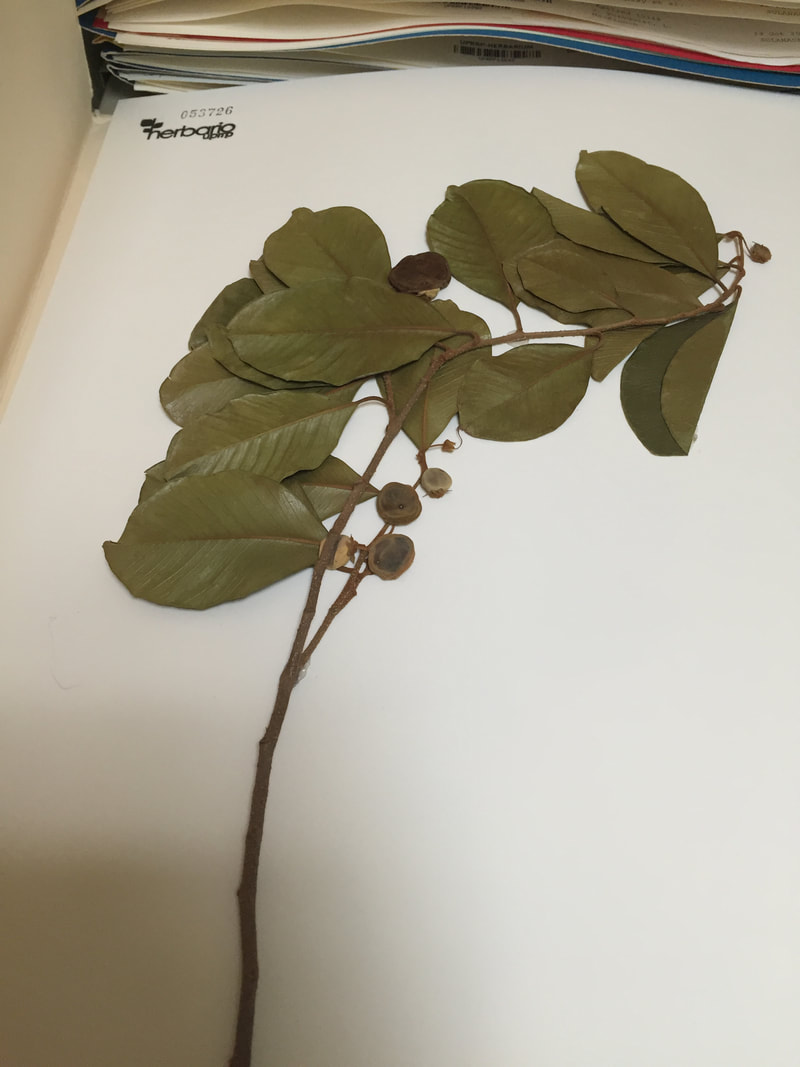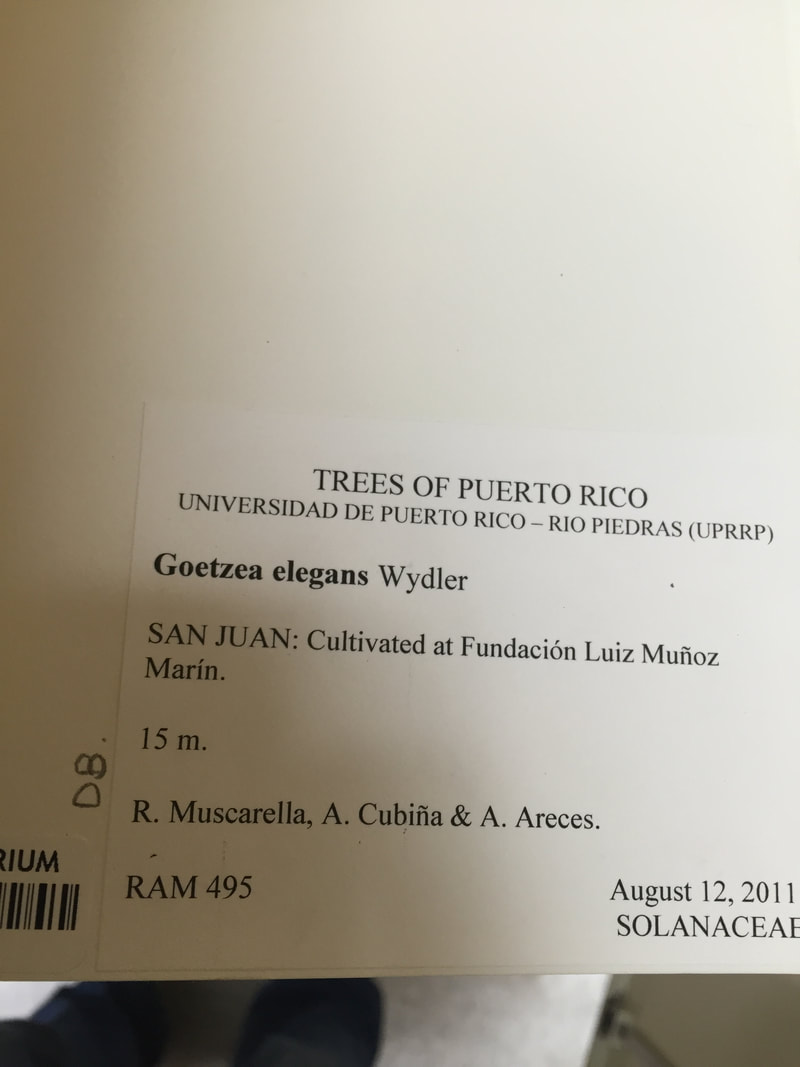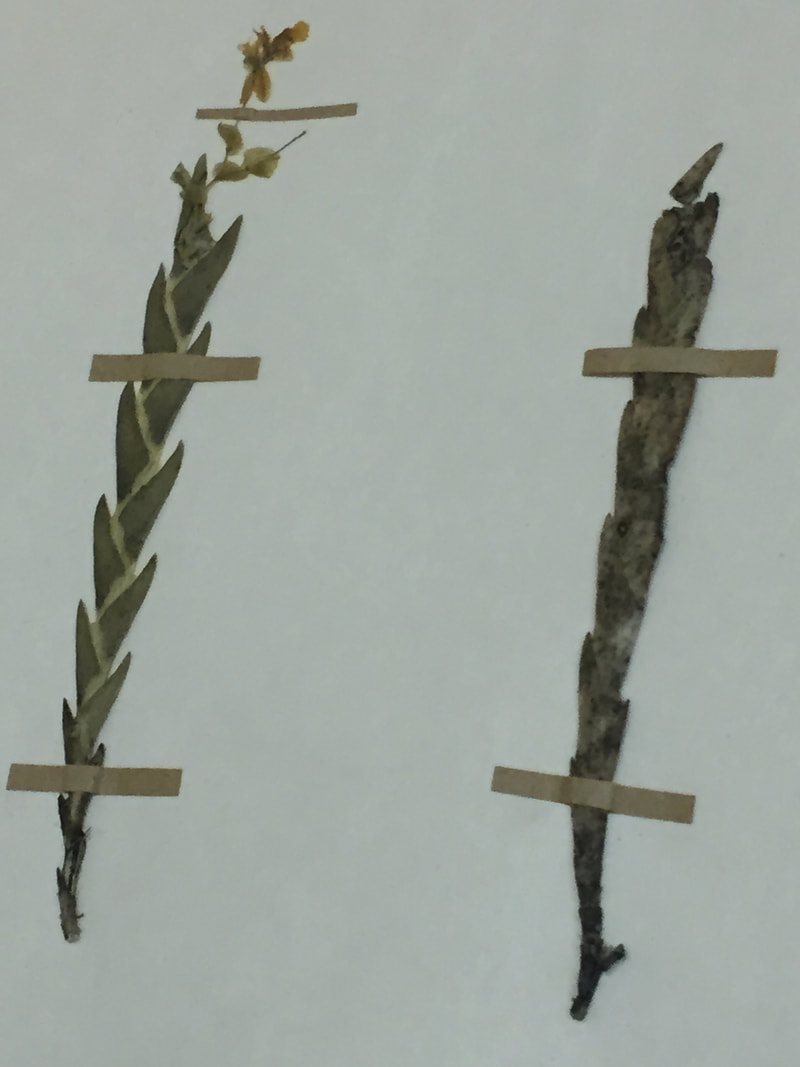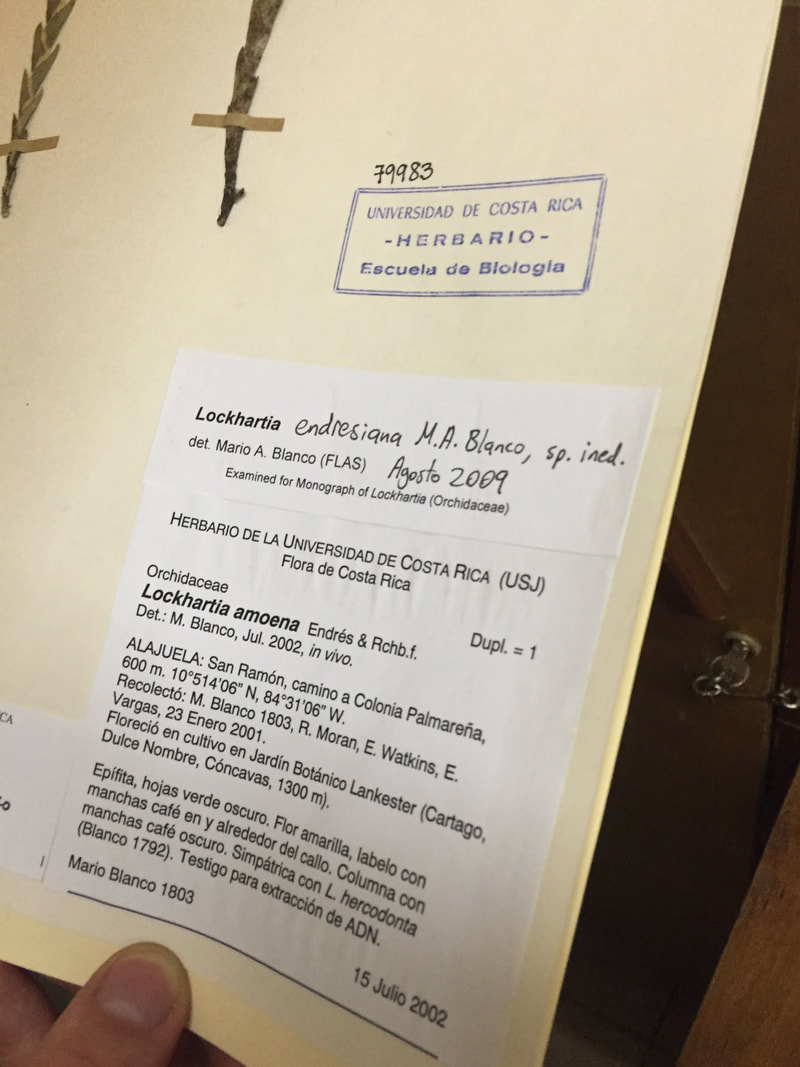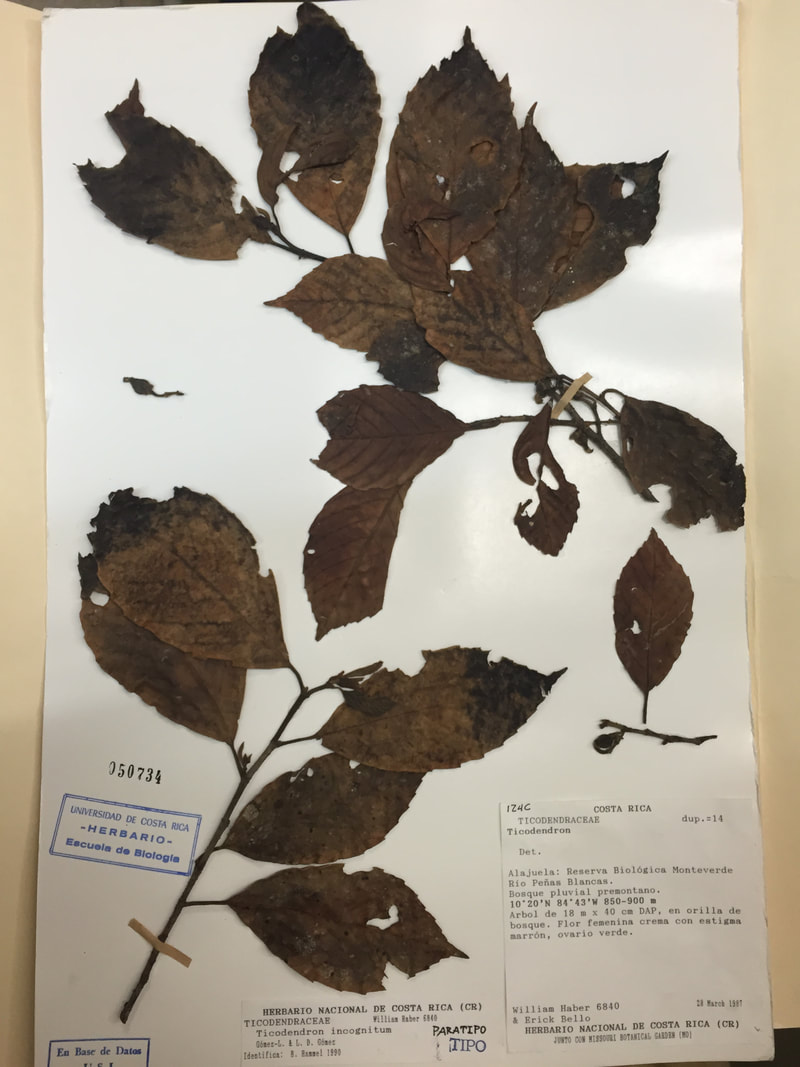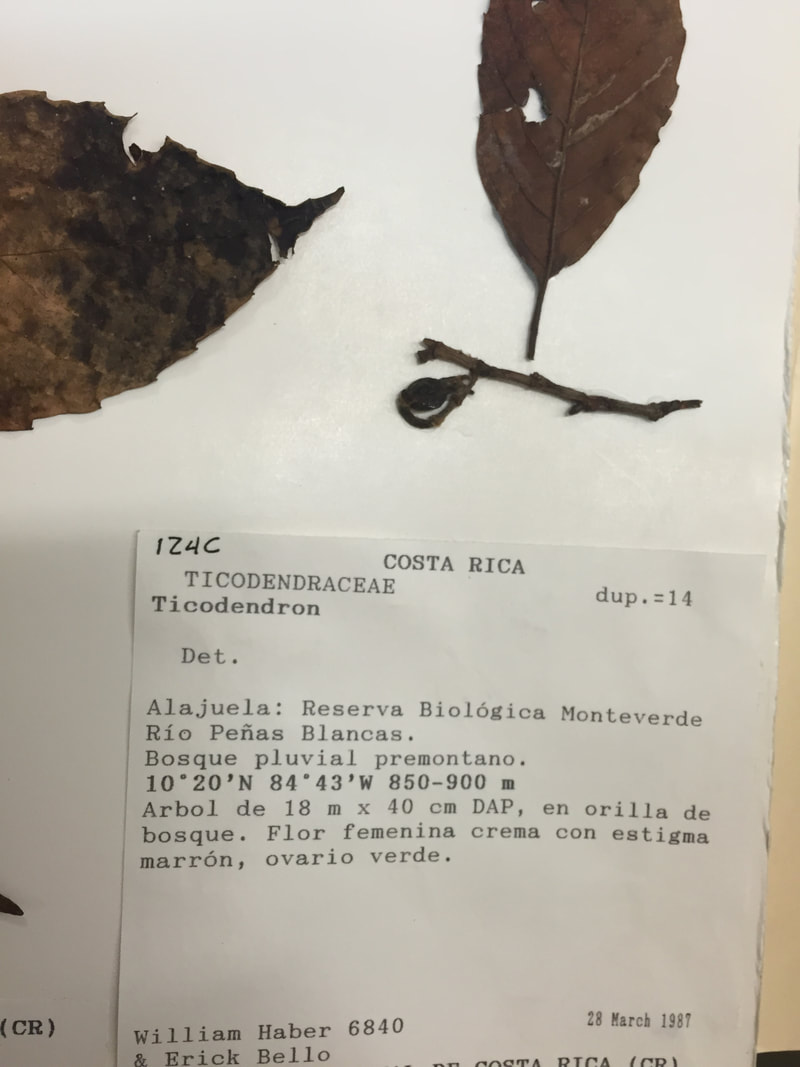A place to store information related to tropical plant taxonomy, functional traits and plant physiology
The diversity of tropical systems is a double-edged sword. Biologically-diverse tropical ecosystems are both scientifically interesting and difficult to study due to high levels of diversity. Luckily, there have been innumerable naturalists, taxonomists, ecologists, and plant physiologists willing to dedicate themselves to the systematic study of tropical plants.
Here we celebrate some of their work, the plants they have studied, and some of the tools that will take the science of such study forward into the future ♠
Here we celebrate some of their work, the plants they have studied, and some of the tools that will take the science of such study forward into the future ♠
TRY - Plant Trait DatabaseSID - Seed Information DatabaseFRED - Fine Root Ecological Databaserun by Oak Ridge National Lab
http://roots.ornl.gov/ ORNL Leaf WebThe Plant Listfor checking taxonomic validity of species names
http://www.theplantlist.org |
For Plants of El Verde, PRFabiolia Areces' Virtual Flora (UPRRP)
floraelverde.catec.upr.edu/ Plants of the Eastern Caribbean Databasebased on Richard Howard's six volume Flora of the Lesser Antilles
http://ecflora.cavehill.uwi.edu/ DRYFLORLatin American Seasonally Dry Tropical Forest Floristic Network
http://www.dryflor.info/ Flora of ChinaPhylomaticby Cam Webb - for rapid generation of phylogenies of plants
http://phylodiversity.net/phylomatic/ |
PhyloPars |
Links to collaborators:
Puerto Rico |
China |
